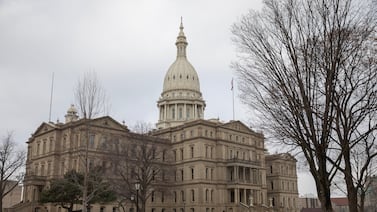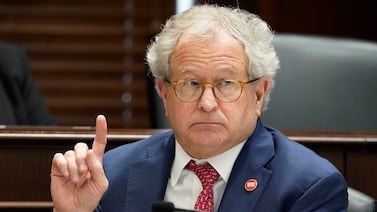Seven candidates are seeking four seats on the Aurora Public Schools board this year.
Board members are elected at-large and represent the entire school district. The top four vote-getters in the Nov. 4 election win the seats.
The candidates are Tapsuru “Ousman” Ba, Gayla Charrier, Tramaine Duncan, Anne Keke, Hendrix Percival Lewis, Kristin Mallory, and Nino Pepper. Duncan and Keke are incumbents running for reelection.
The local teachers union, the Aurora Education Association, has endorsed Charrier, Duncan, Keke, and Mallory.
The election comes at a key time for Aurora Public Schools. The district is one of the most diverse in the state and serves many immigrant students in a city that has drawn the attention of the Trump administration.
Over the next four years, the board will oversee the spending of a $1 billion bond passed by voters last year to build new schools and renovate or rebuild some existing ones. The board is also in the midst of developing a new five-year plan for the district.
Teachers aides, known as education support professionals or ESPs, have been pushing the board to allow them to unionize. And the district is reviewing safety protocols after a shooting at a high school in nearby Jefferson County.
To help voters make their decisions in the school board election, The Aurora Sentinel sent all of the candidates the same set of questions. Their answers are below.
This voter guide was produced by The Aurora Sentinel in collaboration with Chalkbeat Colorado.





